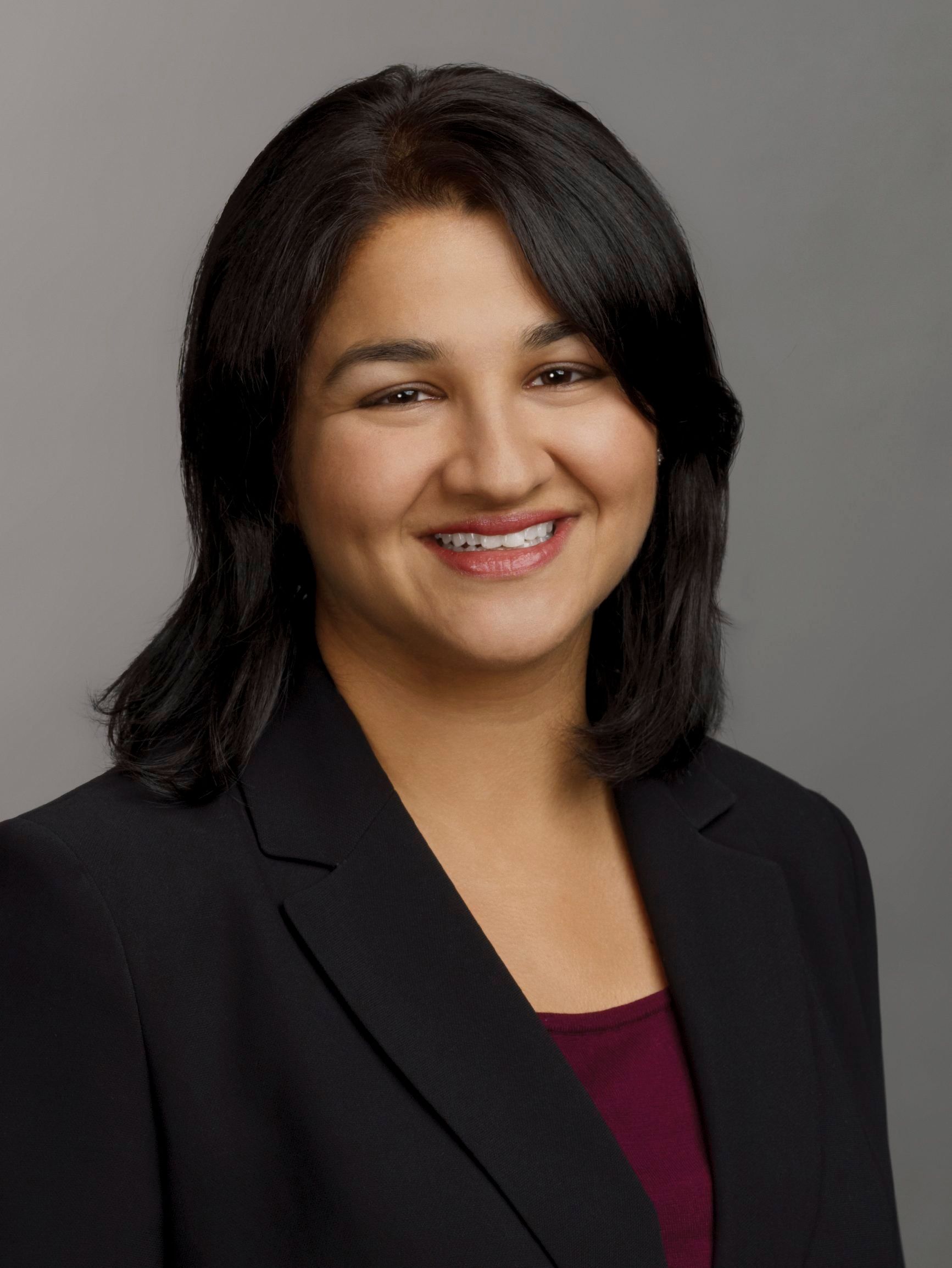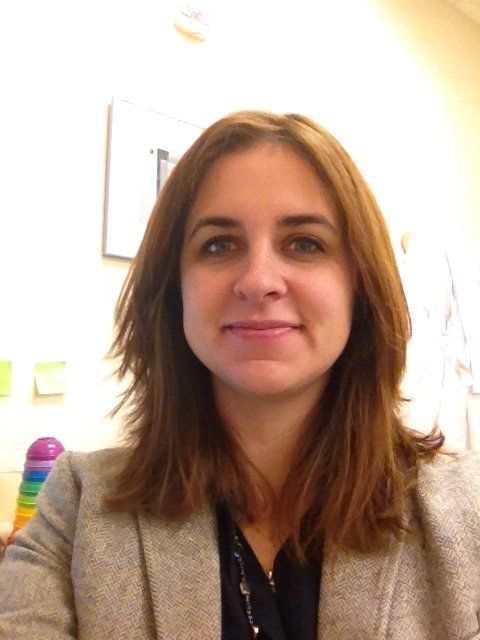Assessment and management of headaches
For a child presenting with a headache, it’s critical to make the correct diagnosis based on history and physical exam.
Christopher Oakley, MD

Sonia Partap, MD

Nancy A. McNamara, MD

Headaches are a common problem in pediatrics, and the number one reason that children are referred to pediatric neurology. The prevalence of pediatric headaches is estimated to be between 30% to 50% in children aged 7 years, 60% to 85% in adolescents aged 15 years, and greater than 80% in high school seniors.
Among the 3 categories of headaches, primary headaches (including migraines, tension, and cluster) account for the most common type in pediatrics. Migraines are the most diagnosed type of headache in both the general population as well as children. It is estimated that up to 35% of high school graduates could be diagnosed with migraines. Other headaches types include secondary headaches (ie, caused by another condition with neurologic findings such as papilledema, hemiparesis, ataxia, or abnormal reflexes) and headaches caused by conditions such as cranial neuralgias or central and primary facial pain.
For pediatricians who see a child presenting with a headache, the first step is to accurately assess the type of headache to ensure appropriate treatment. In sessions at the American Academy of Pediatrics (AAP) 2019 National Conference and Exhibition on October 27 and 28 titled “Pain in my brain! Management of migraines and other headaches,” Sonia Partap, MD, associate professor Neurology, Stanford University, Palo Alto, California, and Christopher Oakley, MD, assistant professor of Neurology, Johns Hopkins Hospital, Baltimore, Maryland, first spoke on the critical importance of making the correct diagnosis based on the history and physical exam. They underscored the importance of taking the history directly from the child and recognizing the signs and symptoms to differentiate between primary and secondary headaches. For children in whom their history suggests a secondary headache disorder, imaging and other testing may be necessary. Overall, the presenters emphasized that pediatricians should feel comfortable in initiating both abortive and prophylactic treatment in children with primary headaches.
Throughout their sessions, Partap and Oakley used patient cases to illustrate the different signs and symptoms of specific headaches. For example, the case studies serve as a teaching tool to highlight specific “red flags” that should alert pediatricians as to how to differentiate headache type. These include early morning headaches, progressively worsening headaches, headaches with straining, changes in mood or school performance, and the presence of underlying risk factors such as neurocutaneous syndromes, systemic illness, or seizures.
The presenters discussed various treatment regimens with both nonmedication and medication-based strategies. They walked participants through a multitiered approach that begins with lifestyle changes and use of integrative care (ie, complementary and alternative therapies, vitamins and supplements) to over-the-counter and prescription medications for acute headaches and prophylactic agents for headache prevention. The last treatment tier includes more aggressive treatments including nerve blocks, targeted anti-calcitonin gene-related peptide (CGRP) therapy, and botulinum toxin.
They ended the talk with a preview of new medications and technology to treatment pediatric headaches.
Partap and Oakley hope their talk will lead to key changes in clinical practice by empowering pediatricians to recognize primary versus secondary headaches based on a history and exam, knowing when further imaging and testing is needed, and feeling comfortable diagnosing and treating migraines in children.
COMMENTARY
One of the most frequent referrals to a pediatric neurologist by a pediatrician is for that of a child with a headache. For a pediatrician, having a good understanding of headaches, knowing some good first-line preventive and abortive treatments, and being able to identify red flags is crucial to taking care of children. Additionally, initiating appropriate treatment for chronic headaches is vitally important, and sometimes the only way to keep children in school.
At the AAP National Conference, Drs. Partap and Oakley gave an important talk titled “Pain in my brain! Management of migraines and other headaches” that helped provide a framework and guidance for the general pediatrician in this domain. In this important session, they stressed the basics of headaches and migraines, and the importance of taking a good history. They helped guide the thought process that goes into identifying a primary headache (migraine, cluster, etc.) from that of a secondary headache. A child presenting with a headache and red flags such as ataxia or nocturnal wakening may represent a brain tumor, whereas a child presenting with chronic headaches for months warrants a completely different approach. They discussed when further imaging is warranted, such as computerized tomography versus magnetic resonance imaging (MRI).
Partap and Oakley also discussed treatments for primary headaches. At every visit, the importance of practicing good “headache hygiene” is performed, including making certain the child is well hydrated, not skipping meals, and getting adequate sleep. Additionally, uncontrolled mood disorders can also exacerbate or worsen headaches.
When a child has frequent headaches, a daily preventative is warranted. The most commonly used preventatives include magnesium, riboflavin, coenzyme Q10, and cyproheptadine. Children are also given abortive medications for an acute exacerbation, such as acetaminophen or ibuprofen, and an antiemetic if they have nausea. Triptans are commonly used for adolescents.
-Nancy A. McNamara, MD, clinical assistant professor, University of Michigan, C.S. Mott Children’s Hospital, Ann Arbor, Michigan.